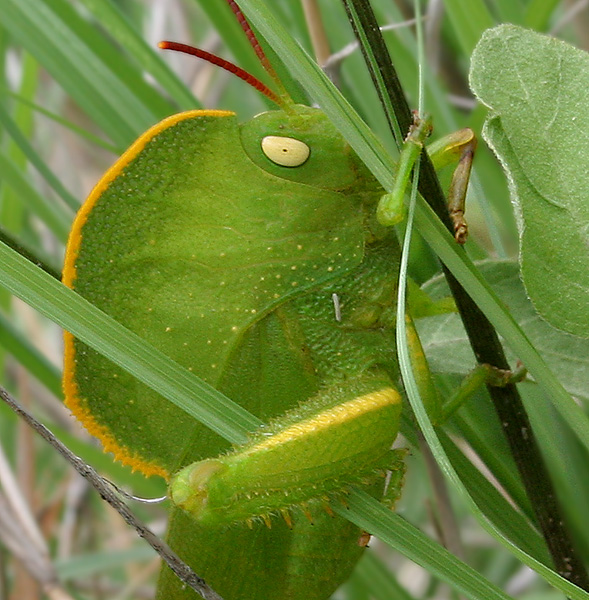 I can’t remember a time when scorpions did not fascinate me, and their lure grows stronger with each new species I encounter. In the past, I’ve written on the care and natural history of Emperor, Flat Rock, Asian Forest and other popular scorpions. Today I’d like to present a general overview. I hope it will help you to decide if a scorpion is the right choice for you and if so, how to get started.
I can’t remember a time when scorpions did not fascinate me, and their lure grows stronger with each new species I encounter. In the past, I’ve written on the care and natural history of Emperor, Flat Rock, Asian Forest and other popular scorpions. Today I’d like to present a general overview. I hope it will help you to decide if a scorpion is the right choice for you and if so, how to get started.
What’s in Store for Scorpion Fans
Among the world’s 2,000+ scorpion species we find an astonishing diversity of fascinating creatures, many of which make hardy pets that adjust well to small enclosures. Several reproduce readily in captivity – lucky scorpion keepers may even be treated to the sight of a female feeding her offspring with crickets! At least 15 species are established in the pet trade, and specialists are working with several others. Read More »
 That Reptile Blog – Reptile, Amphibian and Exotic Pet Care and Information
That Reptile Blog – Reptile, Amphibian and Exotic Pet Care and Information


